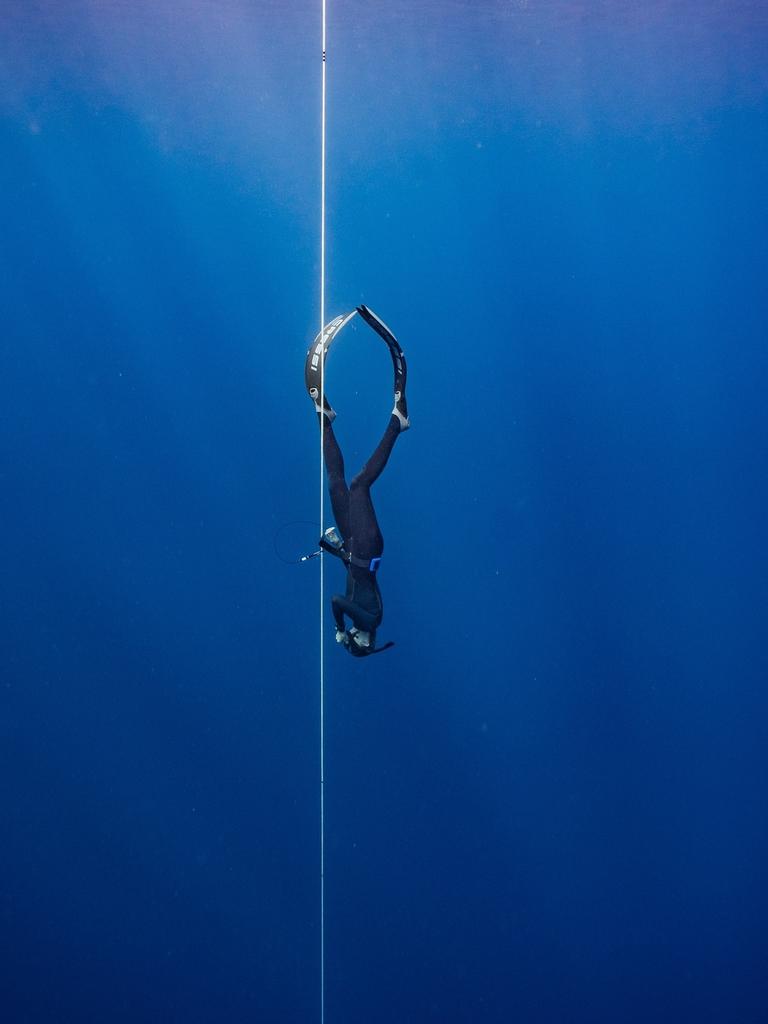Surf Life Saving SA urges new protections against sharks at suburban beaches following four attacks in 2023
South Australia’s efforts to protect swimmers from shark attacks have come into focus after the state’s fourth horror incident of the year.
SA News
Don't miss out on the headlines from SA News. Followed categories will be added to My News.
Adelaide is one of only two mainland state capitals not using shark safety measures such as trapping, tagging or electronic tracking, prompting calls for more protection for swimmers after a spate of attacks.
Surf Life Saving SA and residents of seaside suburbs are urging authorities to consider new tactics as summer approaches.
Aerial patrols of some South Australian beaches will begin on December 1 but there are no shark nets or drum lines in place along the state’s coastline.
There have been four shark attacks reported across the state this year, including two fatal incidents.
In the latest attack, 32-year-old Bridgette O’Shannessy was bitten on her face by a shark at Port Noarlunga on Friday.
Surf Life Saving SA (SLSSA) CEO Damien Marangon said authorities should consider a “broader tracking, surveillance and mitigation strategy” to protect beachgoers.
That could involve the deployment of beacons along the coast and shark tagging, a system used at New South Wales beaches including tourist magnet Bondi Beach.
Mr Marangon explained that beacons would track and monitor shark movements by using a heat map.
SLSSA’s new Geographic Information System and state operations centre could lead data tracking and protection efforts, he said, working with police and the Department of Primary Industries and Regions.
However, Mr Marangon did not support the installation of shark nets, arguing they often had unintended consequences.
“We understand there is public interest in shark nets,” he said.
“However evidence suggests that shark nets can create further issues including trapping other marine life, as well as requiring significant resources to maintain the equipment and check the lines.”


UniSA shark researcher Brianna Le Busque said finding an effective strategy to keep sharks away from the shore was a “complicated issue”.
Ms Le Busque said netting – also referred to as “shark meshing” – shark tracking and beacons could be a good solution but “tagging all sharks is a big challenge”.
A state government spokesman confirmed there were no drum lines or tagging measures in place to monitor sharks in SA waters.
He said fixed wing aircraft would again patrol “the highest risk beaches” this summer.
“The state government will continue to monitor the situation to see if any improvements to our prevention methods need to be made,” he said.
Glenelg Surf Life Saving Club member, and head of The Advertiser Foundation, Dan Demaria said he had written to the Holdfast Bay Council asking it to consider installing an Eco Shark Barrier, which is used in Western Australia.
“With the last few shark attacks I did some research about what’s out there in terms of protection and a council in WA has installed a barrier there,” Mr Demaria said.
Holdfast Bay Mayor Amanda Wilson said the council had not investigated the technology.
“We do pay for lifesaving patrols at Glenelg and I understand Brighton Beach is patrolled with drones,” Ms Wilson said.
“Glenelg cannot do this because of the flight path.”
More Coverage
Originally published as Surf Life Saving SA urges new protections against sharks at suburban beaches following four attacks in 2023








